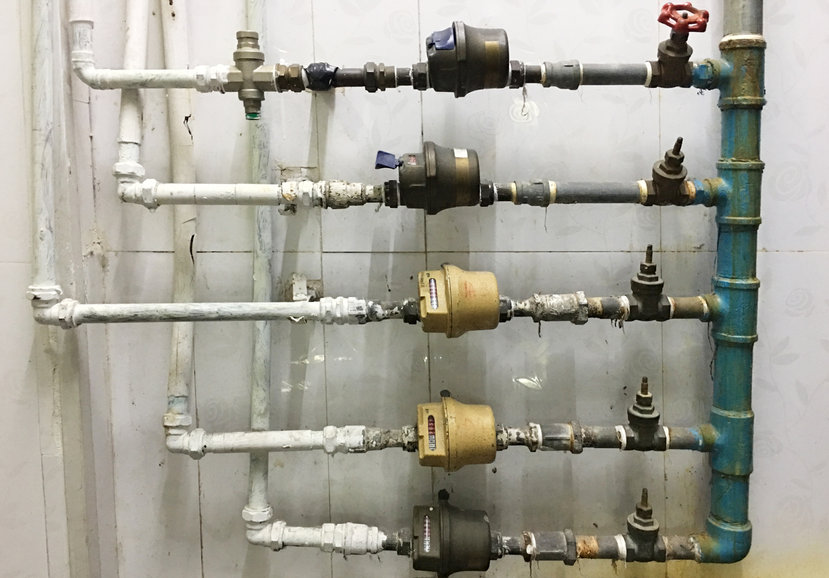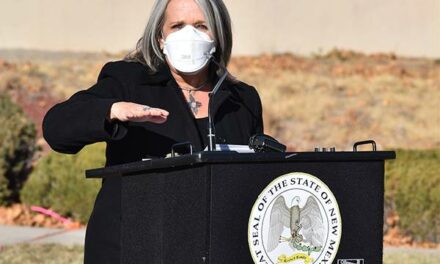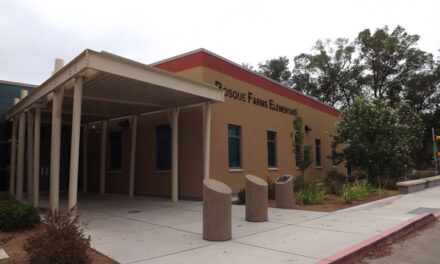BELEN — For decades, the city of Belen has been losing millions of gallons of water every year — and revenue from the loss — never knowing where it went.
After a study conducted by the consulting firm, Resource Wise, the city has been able to determine the cause of the missing water has been its own faulty systems and aging infrastructure.
Charles Eaton, the city’s municipal regulations specialist, informed the council of Resource Wise’s findings at Monday night’s council meeting. He reminded the council that in 2018, 56 percent of the city’s water hadn’t been accounted for, and in 2019, the number was 39 percent. In 2020, 56 percent of the city’s water had gone missing.
“There was a number of issues that Resource Wise helped to address, including meter failure, meter inaccuracies, wrong meter application, busted water mains, inaccurate meter programming and multipliers, billing software issues, water theft and low flows reported by mechanical meters,” Eaton said.
He explained there was a problem at Well No. 5 in which there is a relief system that when a pump activates, it deactivates water pressure, causing it to close down. Instead, Eaton said, it wasn’t closing down.
“The problem was, it was releasing 18 gallons per minute. It doesn’t sound like a lot, but over a day, it’s 25,000 gallons per day, or 770,000 gallons per month,” Eaton said. “We immediately addressed that issue and it was rectified.”
Eaton also told the council there were major water loss issues at many commercial buildings, such as Walmart. He explained low water registries at these meters were not recognized.
“Any flow that was 10 gallons or less per minute were not registered,” he said. “That includes flushing the toilet, washing hands, washing in the kitchen. If that system passed the meter, that’s a little over seven gallons per minute, 10,000 gallons per day and amounts to 3,600,000 per year. That’s substantial.
“Those are issues we have to address,” Eaton said. “There are about 12 of those meters within the city, and we have to develop a game plan to address those. They are not calculating low-flow calculations.”
Another issue the city recognized is within its own properties, including the parks. Eaton explained the city has a six-inch meter at Eagle Park for irrigation, but it does not recognize low flow from the community center. He said the meter only recognizes cubic feet per minute verses gallons per minute.
“We need to reprogram that meter because it’s problematic, and it’s difficult for our accounting people to determine the actual flow of that particular meter,” he said. “Another problem at Eagle Park is there is an inadequate irrigation system.”
Eaton said the city is utilizing about one million gallons of water a year for irrigation. There are many sprinkler heads that are essentially just fountains.
“A lot of the problem is we allow people to drive on this surface and we’re not marking (the sprinklers),” Eaton said. “They’re damaging the sprinklers. We need to resurface the entire park, change out the irrigation system and put it on timers to water late at night or early in the morning to help conserve water. A park of that size should be using about 300,000 a year, not a million gallons.”
Another problem is at Anna Becker Park, Eaton said. The city doesn’t have adequate back flow devices there, which is a problem for environmental and health issues.
Another problem Eaton pointed out is incorrect multipliers in the city’s billing system, to include a couple car wash businesses in the city.
“Those have been addressed and corrected, and we’re adequately billing those high-water users,” he said.
Resource Wise was able to identify several meters in the city that weren’t part of the city’s billing system. Eaton says those meters have been put back into the system, including one at an RV park.
Eaton said Resource Wise also learned there were several people who had tampered with meters, essentially stealing water from the city. Water technicians are now looking closely at meters, and if they suspect tampering, they will call the police department for investigation.
“These are ongoing things that will reduce the non-revenue water loss,” Eaton told the council. “Another thing we need to do is if there is a water break, we need to notify the utility department of the time period.
“We had a major water break a few months ago on Didier and lost about 500,000 gallons of water,” he said. “Those types of situations should be reported and reported to the state.
“The same goes with our fire department. If they can report the amount of water that’s used to suppress a fire, we can use that as accounting toward non-revenue water loss.”
Clara Garcia is the editor and publisher of the Valencia County News-Bulletin.
She is a native of the city of Belen, beginning her journalism career at the News-Bulletin in 1998 as the crime and courts reporter. During her time at the paper, Clara has won numerous awards for her writing, photography and typography and design both from the National Newspaper Association and the New Mexico Press Association.

















